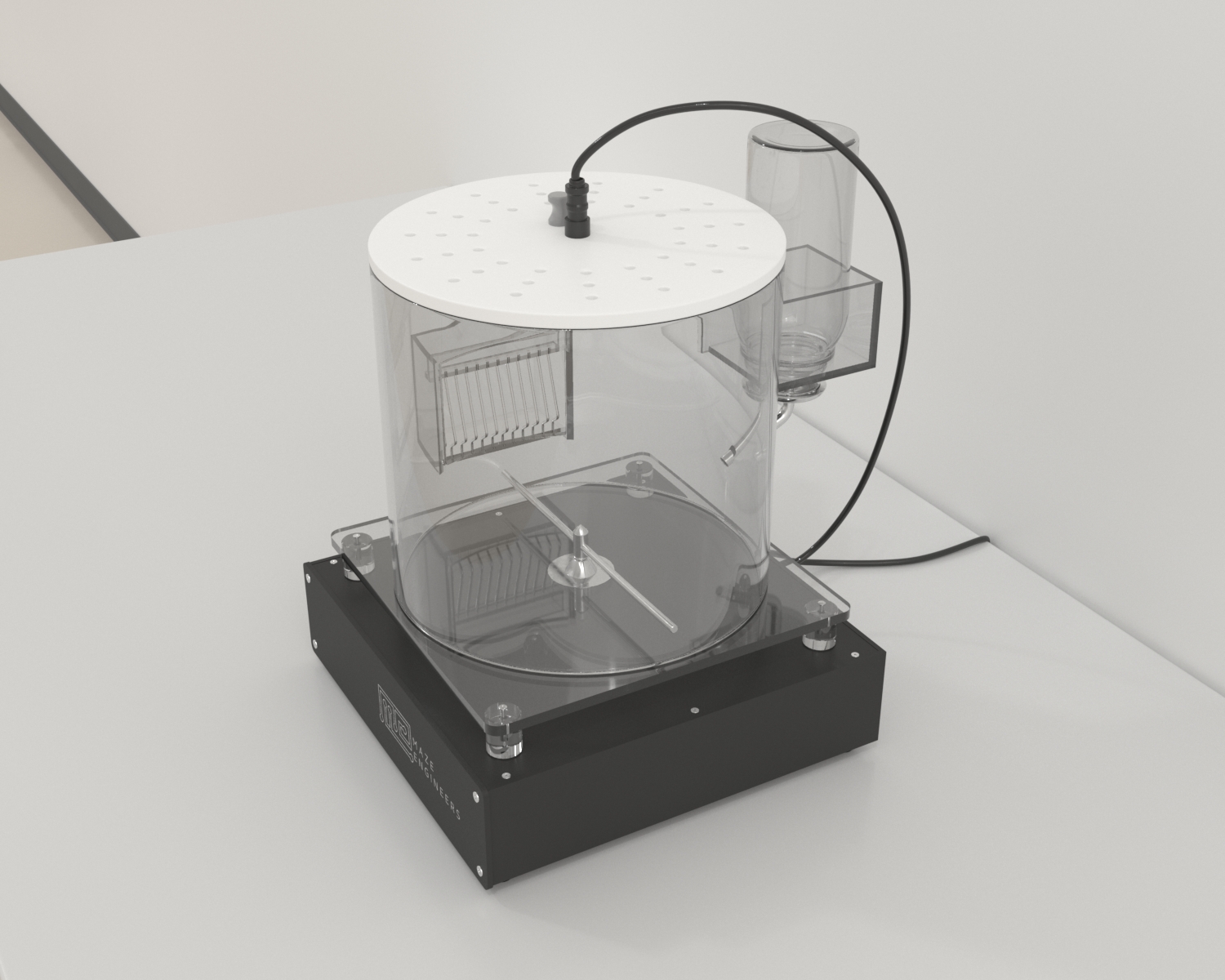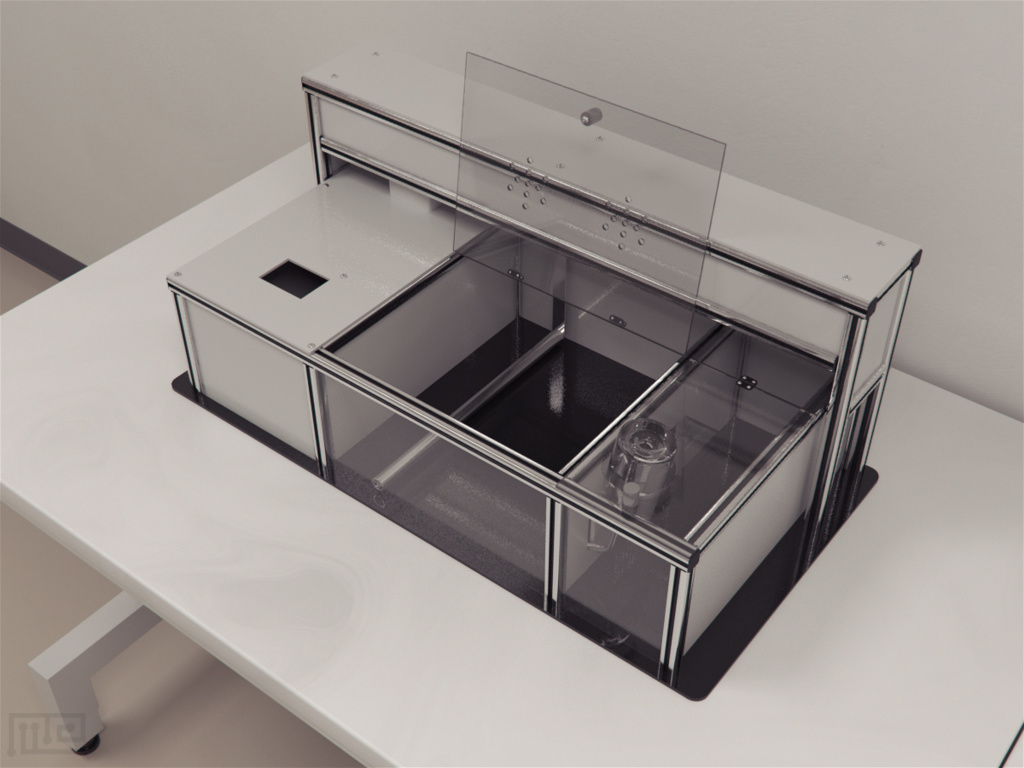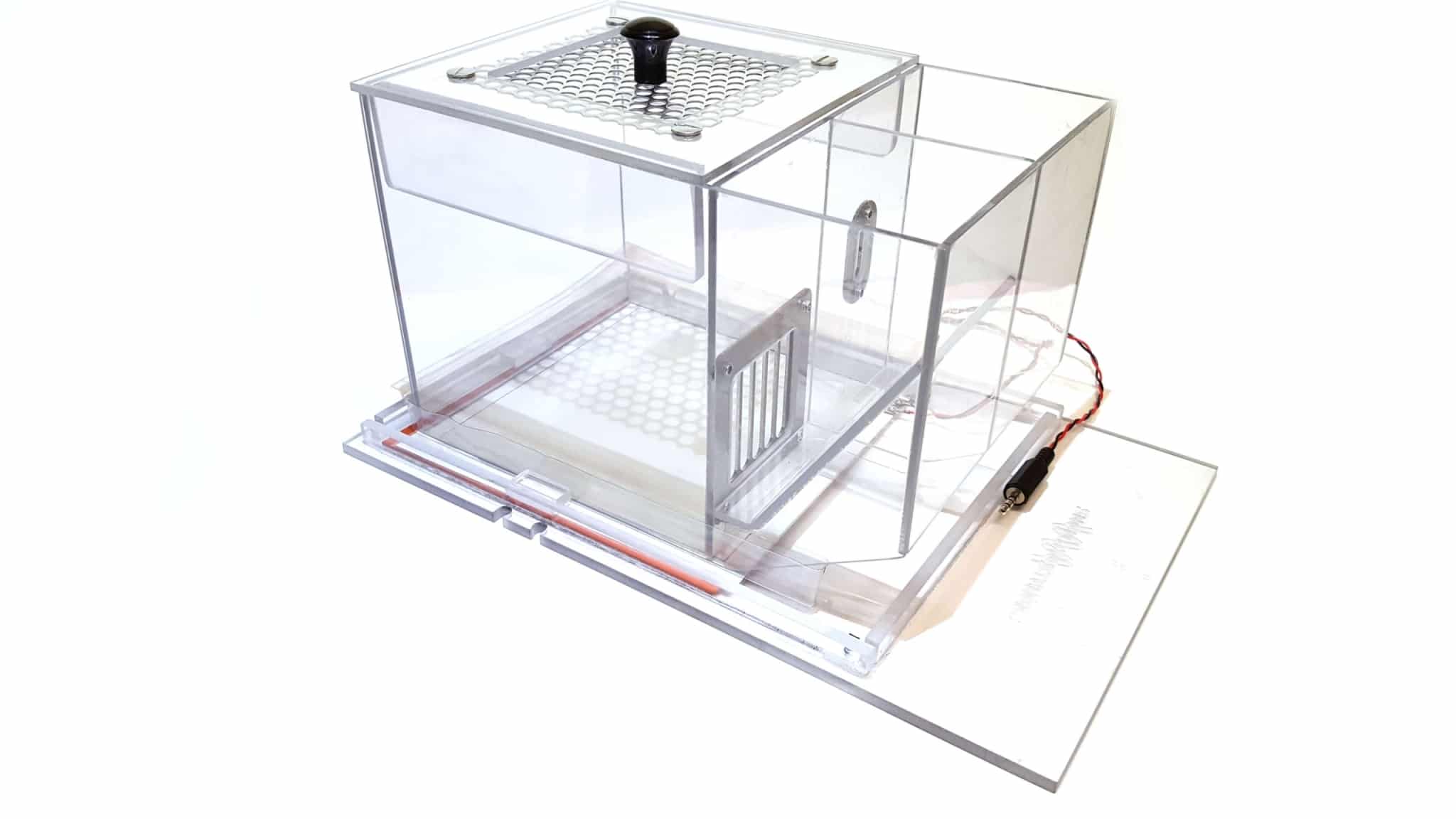Introduction
Sleep problems affect a significant portion of the population, with over half of people in the United States reporting difficulties with sleep or excessive sleepiness at some point in their lives, and about 40 million people experiencing chronic sleep issues. Over the past three decades, research on sleep physiology and the health consequences of sleep loss and sleep disorders has advanced, leading to increased awareness of the negative effects of insufficient sleep on health, safety, mood, productivity, and quality of life. However, societal and personal pressures to extend waking hours and limit sleep time can counteract efforts to manage sleep loss.
The American Academy of Sleep Medicine has identified over 80 specific sleep disorders, but many go undiagnosed or untreated due to a variety of reasons. Additionally, personal assessments of sleep amount and quality can differ greatly from validated objective measures. Sleep is a complex process influenced by various internal and external factors, making it difficult to study sleep disorders in any model other than humans.
Advancements in managing sleep disorders require the use of animal models to delineate underlying physiology, identify and validate causes and mechanisms of sleep disorders, and develop new therapeutic approaches. For instance, studies using genetically altered mice or dogs with spontaneous narcolepsy have discovered disruptions in orexinergic neuronal systems as a previously unknown mechanism for narcolepsy, leading to potential new treatments.
This overview focuses on animal models used to study common human sleep disorders, including insomnia, narcolepsy, restless legs syndrome, and sleep apnea.
Sleep Research Apparatus
In rodent sleep research, various apparatus and equipment are used to measure and study sleep parameters. Some of the commonly used apparatus include:
- Electroencephalography (EEG): EEG electrodes are implanted into the skull of rodents to record brainwave activity, specifically the electrical activity of the brain. EEG is crucial for distinguishing different sleep stages, such as wakefulness, rapid eye movement (REM) sleep, and non-rapid eye movement (NREM) sleep.
- Electromyography (EMG): EMG electrodes are typically placed in the neck or limbs of rodents to record muscle activity. EMG helps identify muscle tone changes during sleep, which can indicate the transition between sleep stages.
- Electrooculography (EOG): EOG electrodes are used to measure eye movement during sleep. Eye movements are particularly important for identifying REM sleep, as they are highly active during this stage.
- Actigraphy: Actigraphy involves attaching a device, such as an accelerometer or motion sensor, to the body of the rodent. It measures movement and activity levels, providing an indirect measure of sleep and wakefulness.
- Video monitoring: Video cameras are often used to visually monitor rodents during sleep studies. This allows researchers to observe behavioral patterns and correlate them with sleep stages recorded by other apparatus. Noldus EthoVision and ANY-Maze are examples of video monitoring and tracking packages
- Sleep deprivation apparatus: Various devices can be employed to induce sleep deprivation in rodents. Examples include the “gentle-handling” technique, where rodents are periodically roused from sleep, and automated methods that involve tactile stimulation or forced locomotion. Our sleep deprivation system is here.
- Metabolic monitoring: Equipment such as metabolic cages may be used to measure parameters like oxygen consumption, carbon dioxide production, and heat generation during sleep. See our metabolic measurement system here.
Methods to Study Sleep
Sleep Disorders
Insomnia
Sleep Apnea
Sleep-disordered breathing is a common condition that affects at least 18 million Americans, referring to intermittent and cyclical reduction or cessation of airflow during sleep. Sleep apnea, the specific disorder, has two forms: obstructive and central, and the former is the most common, often accompanied by snoring. The health consequences of OSA include systemic and pulmonary hypertension, stroke, coronary artery disease, and cardiac arrhythmias. English bulldogs have an enlarged soft palate and narrow oropharynx, displaying many of the clinical features of OSA, making them a natural animal model. Obese Yucatan minipigs are proposed as an obesity-related sleep apnea model, and non-human primates have structural and functional similarities to humans, but spontaneous OSA has not been reported in any non-human primate species. Non-invasive models of intermittent hypoxemia are created by exposing animals to repetitive hypoxia and oxygenation, simulating obstructive and central apnea. OSA has been modelled in a variety of species by using surgical tracheostomy and subsequent intermittent occlusion of the endotracheal tube. Mice have increasingly been used to study interactions between sleep and respiration
Narcolespy
Narcolepsy is a disorder characterized by four primary symptoms, namely excessive daytime sleepiness, cataplexy, sleep paralysis, and hypnagogic hallucinations. Cataplexy, which involves sudden muscle atonia during wakefulness, is considered the most distinctive feature of narcolepsy. Emotional triggers can induce cataplexy, which can present as either complete postural collapse or attacks that affect specific muscles, such as the facial muscles, neck, arms, or legs. Episodes of cataplexy typically last anywhere from a few seconds to 10 minutes and are linked with a waking or REMS-like electroencephalogram. Narcoleptic patients often have disturbed sleep, including sleep fragmentation, prolonged NREMS-REMS cycles, periodic limb movements during sleep, and co-existing medical conditions such as OSA. The excessive daytime sleepiness associated with narcolepsy is characterized by episodes of irresistible sleep urges.
Clinically, narcolepsy can be categorized as occurring with cataplexy, without cataplexy, or secondary to another medical disorder. To diagnose narcolepsy, polysomnography during the night and a multiple sleep latency test (MSLT) during the day are typically required. The MSLT involves five nap opportunities scheduled two hours apart during the day, beginning 1.5 to 3 hours after awakening. The key diagnostic features of the MSLT are the latencies of sleep onset and REMS. A sleep-onset REMS period (SOREMSP) is defined when REMS occurs in less than 15 minutes. A MSLT consistent with narcolepsy is characterized by a mean sleep latency of less than 8 minutes and 2 or more SOREMSP after sufficient sleep on the previous night.
The degeneration of hypothalamic neurons containing the peptide orexin (also known as hypocretin) is considered the most probable cause of narcolepsy. The discovery of the role of orexin in narcolepsy was based on studies of narcoleptic dogs and orexin-deficient mice. Narcoleptic patients have low levels of orexin A in their cerebrospinal fluid (CSF). Two other peptides, dynorphin and neuronal-activity-related pentraxin (NARP), colocalize with orexin in neurons and may contribute to narcolepsy. In addition, most narcoleptic patients with cataplexy are positive for a specific MHC class II allele, HLA-DQB1*0602.
Restless Legs Syndrome
Restless legs syndrome (RLS) is a disorder that affects 5% to 15% of the general population, with a higher prevalence in older adults and women. RLS is characterized by an urge to move the legs, accompanied by unpleasant sensations, which are partially or totally relieved by movement and worsened during periods of rest or inactivity. The underlying pathophysiology of RLS involves impairments in the dopaminergic system and iron deficiency. Animal models of RLS have been proposed, including those involving dopamine-related deficits and iron deficiency. However, because RLS is a subjective diagnosis based on patient-reported symptoms, the subjective aspects of RLS, such as the urge to move and unpleasant sensations, remain a challenge for further investigation in animal models.
Animal models for Sleep Disorders
Mice
Studies have shown that mice lacking orexin due to genetic engineering display abrupt episodes of behavioral arrest during the active phase, which resemble REM sleep or NREM sleep with sleep spindles, along with other symptoms similar to human and canine narcolepsy. These mice also have fragmented sleep and increased amounts of REM sleep during the dark phase, decreased REM latency, and multiple SOREMSP. Murine cataplexy has been defined as an episode of nuchal atonia lasting at least 10 seconds, with θ activity dominating the electroencephalogram, and video recordings documenting immobility. Mouse cataplexy can be triggered by various activities. OxR2 knockout mice and human narcoleptics share similar symptoms, while OxR1 knockout mice have moderate sleep fragmentation without cataplexy, and mice lacking both OxR1 and OxR2 resemble orexin null mice. Although inhibitors of OxR have been used to model narcolepsy, neither an OxR1 selective nor a dual OxR antagonist produced cataplexy in rodents. Mice with ablation of orexin neurons exhibit symptoms such as behavioral arrest, sleep fragmentation, SOREMSP, and obesity. The most accurate model of narcolepsy in mice may require loss of orexin neurons rather than just the orexin gene. The phenotype of narcoleptic mice is influenced by genetic background, diet, and sex.
Rats
When rats are injected with orexin B conjugated to the ribosomal toxin saponin into their hypothalamus, over 90% of their orexinergic neurons are lost, along with other substances like melanocyte concentrating hormone. This leads to changes in sleep patterns, with rats spending more time in NREMS and REMS during the dark phase, but less time in REMS during the light phase, and experiencing multiple SOREMSP.
Rats genetically modified to express a human ataxin-3 fragment under the control of the human prepro-orexin promoter (orexin-ataxin 3 rats) also exhibit narcoleptic symptoms. By 17 weeks of age, they experience almost complete loss of orexin neurons, sleep fragmentation, changes in REMS duration during both light and dark phases, shortened REMS latency, multiple SOREMSP, and brief periods of atonia and postural collapse, resembling cataplexy. Orexin levels in the CSF fall dramatically, and even the elevated levels in response to sleep deprivation are much lower than basal levels in control rats.
Antisense RNA or RNA interference technology can also be used to reduce orexin or orexin receptor levels. Microinjection of oxR2 antisense RNA into the pontine reticular formation of rats produced more time in REMS and more episodes of cataplexy, while injecting short interfering RNA into the perifonicial hypothalamus of rats resulted in suppressed expression of preproorexin, increased REMS during the active phase, and cataplexy-like behavior. Microinjection of small interfering RNA targeting the orexin type 1 receptor into the locus coeruleus of rats increased REMS during the dark phase. The effects of interfering RNA are selective and reversible, with a fast onset, unlike chemical destruction or gene deletion.
New developments
The growing recognition of the importance of sleep for normal health and functioning, as well as the development of new research tools and genetically modified animals, has led to the discovery of animals with sleep abnormalities that have not yet been associated with specific sleep disorders. Despite this, these models can still contribute to a better understanding of sleep physiology and pathophysiology and may eventually become linked to specific sleep disorders. For instance, studying “hippocampal ripples” in rodents can enhance our understanding of how sleep is related to learning and memory. Many other models offer similar possibilities, such as mice exhibiting changes in normal sleep, anxiety-related behaviors, and different gene deletions or insertions. In addition, other methods can be utilized to model human sleep disorders. For instance, rats with spinal cord injuries display leg movements during sleep and can be used as a model to study periodic leg movement during sleep in paraplegic patients. Evaluating male and female rodents can also help determine sex-specific effects in sleep processes and sleep disorders, as some sleep disorders show a notable sex bias.
Considerations with Sleep Disorder Models
Both internal and external factors can affect sleep in animals and humans. Environmental factors such as light exposure and photoperiod, temperature, noise, vibrations, and disruptions in the home environment can have an impact on sleep quality and patterns of activity. Changes in the cage, including the frequency of cage changes, type of bedding, and color of caging, can also affect the animals’ circadian rhythms and the amount of sleep they engage in. The social environment can also affect sleep, as shown in studies where pair-housed and individually housed mice show differences in their recuperative response to sleep deprivation. To ensure the collection of valid results with minimal numbers of animals, environmental stability must be controlled carefully by both the husbandry and research staff. General animal health is also important to studies of sleep, as infection, pain, and stress can alter normal patterns or parameters of sleep and activity. Many studies require surgical implantation of electroencephalographic, electromyographic, and other recording electrodes, which can be monitored using either tethering or telemetry. Some approaches to monitoring sleep rely on the assessment of movement or posture, but these methods must be validated before use in animals that may have inherent or treatment-induced alterations in activity, posture, size, and anatomic characteristics. Studies of sleep and sleep disorders often use a period of experimental sleep deprivation as a test situation, and both people and animals engage in a period of excess sleep after an enforced delay in the normal anticipated time of sleep onset. Chronic disruption of sleep can have significant adverse health effects, which is an important topic of study.




